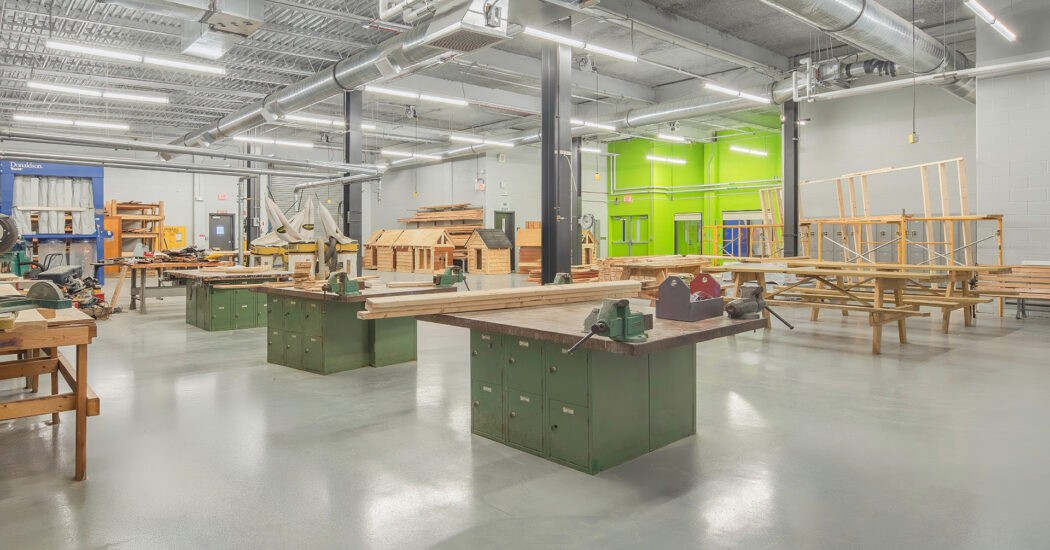5 Tips for Designing More Interactive Classrooms
-
Category
Studio-K12, Innovation -
Posted By
Cindy McLoed -
Posted On
Oct 02, 2018

Interactive learning is one of the best ways for teachers and educators to make sure their students are actually grasping the knowledge and skills they are sharing.
An effort to combat Mark Twain’s famous sentiment of higher education being “a place where a professor’s lecture notes go straight to the students’ lecture notes without passing through the brains of either,” interactive learning encourages students and educators to get actively involved. In fact, some of the best interactive classrooms can, at first glance, look chaotic because of this type of engagement and often physical movement.
But, as research shows, not giving students an opportunity to interact is likely to impede their ability to really learn – not just memorize and repeat. And teachers agree. In a recent survey, 97% of all educators said that interactive learning experiences undoubtedly lead to improved learning.
Here are some tips for building and designing more interactive classrooms that will benefit both teachers and their students.
1. Provide Flexibility
An interactive classroom needs to be a welcoming, easy-to-use classroom. When designing the space, it’s important to make sure all students, including ones with disabilities, find it easy to move around, join in conversations, sit at tables, etc. Furniture layouts should be flexible, going from lecture-based to project-based collaboration spontaneously. The more a classroom is able to adapt to the subject or project of the day, and whims of the teacher and students (think about including elements like movable tables, rolling/swiveling chairs, comfortable furniture), the more interactive it will be.
2. Smart Surfaces
From large interactive walls to mobile smart boards, the surfaces in the classroom need to be functional and attractive. Teachers should also have access to multiple surfaces, preferably not just at the front of the room, to help facilitate conversations and offer guidance for specific subject material. Increasing flexibility even more, mobile teacher presentation carts allow the teacher to un-tether from a wall location and move about the room.
3. Adjustable Lighting
Light plays a big role in the classroom environment. To help students feel comfortable and relaxed while interacting with each other and teachers, design lighting fixtures that can be adjusted and controlled. Dimmers as well as ambient lighting, not just the standard overhead lights, allow the environment to be changed as needed and will better facilitate conversations, presentations, etc.
4. Maximize Visibility
The best interactive classrooms don’t have a designated “front of the classroom”. Create spaces with your design that allow student seating to be optimized from every point of the room. Students should feel connected with their teachers – not separate from them. By eliminating the ability for students to be placed in designated “back” and “front” of the classroom, design can help equalize the playing field for all students.
5. Technological Savvy
Almost all modern design incorporates the latest technological needs, but perhaps it’s most important when applied to the classroom setting. In order to create interactive classrooms, technology almost always needs to be incorporated. Wireless technology provides the most flexibility in connecting students and teachers to projectors, monitors, and each other for sharing work. Provide multiple charging locations, including floor boxes with USB ports, throughout the room for both students and teachers.
While every classroom can be tailored to specific subjects and grade levels, all interactive classrooms will share the same basic fundamentals. And, because the best interactive designs allow space to be easily reconfigured, these types of classrooms are highly adaptable, making them a great asset for schools across the country.
If you think we would be a good fit for your next project, reach out to us!








